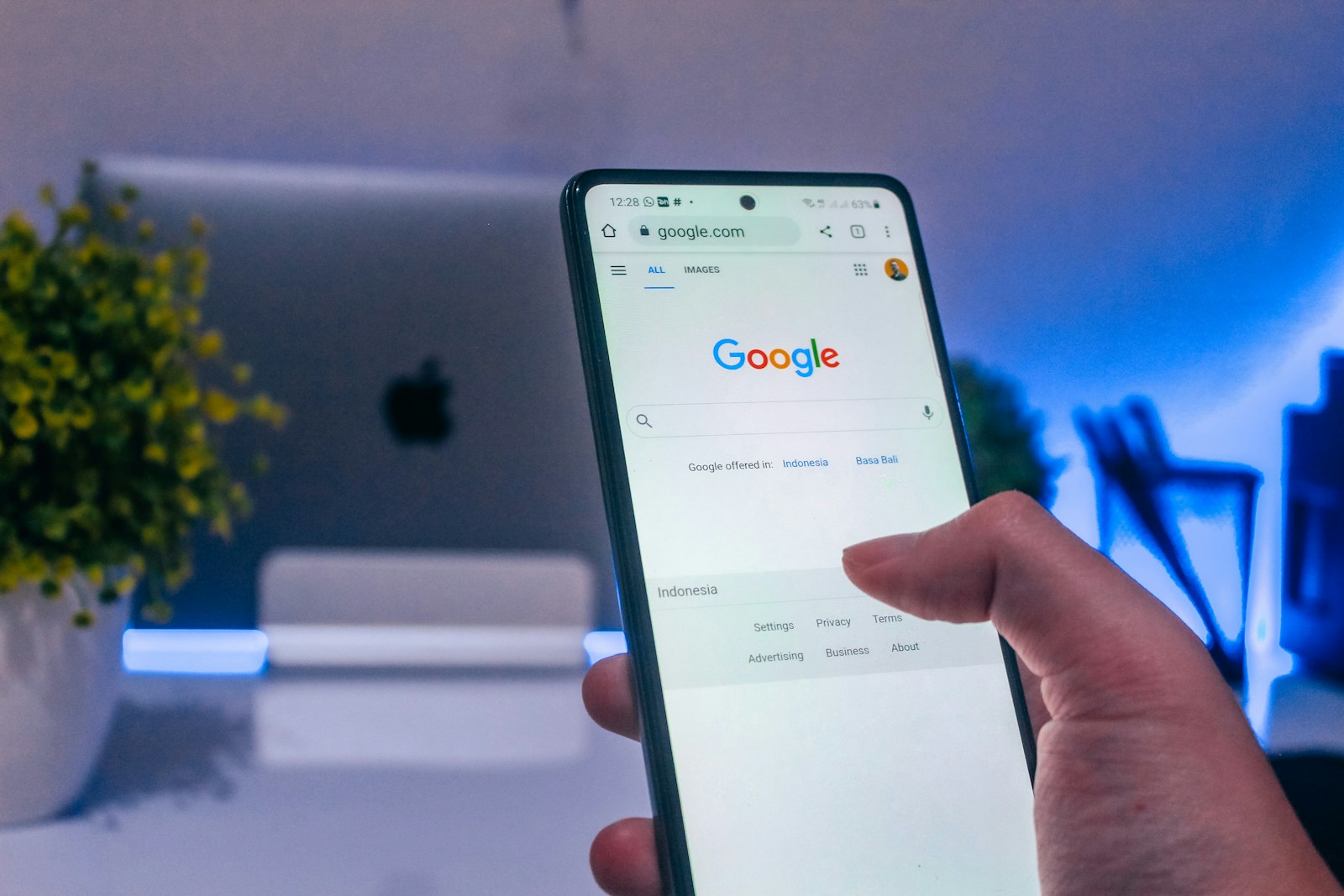The Ultimate Guide to On-Page SEO (2025 Edition)
On-page SEO is the foundation of any successful website strategy. It involves optimizing individual web pages so they rank higher in search engines like Google while also providing a better experience for visitors. The goal is simple: make your content so useful and well-structured that both search engines and real people love it.
Think of on-page SEO as setting up a store. If your shelves are messy, the signs are unclear, and the products are hard to find, customers will leave quickly. The same happens with websites, and Google notices when visitors don’t stay long or can’t find what they need. That’s why optimizing your pages is crucial for ranking well and keeping users engaged.
In this guide by Mavit Digital, we will cover everything you need to know about on-page SEO in 2025. You’ll learn what makes a page rank higher, how to audit your content, and the best practices to follow. Whether you’re a beginner or an experienced marketer, this guide will help you fine-tune your pages for better visibility and traffic.
What Is On-Page SEO?
On-page SEO refers to all the adjustments you can make directly on your website to improve its search rankings. Unlike off-page SEO, which focuses on external factors like backlinks, on-page SEO is entirely within your control. It includes optimizing your content, HTML structure, and technical setup to make your pages as search-friendly as possible.
A well-optimized page has clear headings, fast loading speeds, and content that answers users’ questions better than competing pages. For example, if someone searches for “best running shoes for flat feet,” Google will prioritize pages that provide detailed, well-organized information over thin or confusing content.
On-page SEO has evolved over the years. In the past, stuffing a page with keywords could trick search engines into ranking it higher. Today, Google’s algorithms are much smarter. They analyze user behavior, content depth, and technical performance to determine which pages deserve top spots. That’s why modern on-page SEO focuses on quality, relevance, and user experience rather than shortcuts.
Why On-Page SEO Matters in 2025
Search engines are constantly changing, but one thing remains true: on-page SEO is the backbone of organic rankings. In 2025, Google’s algorithms are more sophisticated than ever, prioritizing pages that deliver real value to users. Here’s why on-page optimization is still essential:
First, Google’s Helpful Content Update rewards websites that provide clear, authoritative answers. If your page is poorly structured or lacks depth, it won’t rank well, no matter how many backlinks you have. Second, Core Web Vitals (loading speed, interactivity, and visual stability) are now key ranking factors. A slow or glitchy page frustrates users, and Google penalizes it accordingly.
Another major shift is the rise of AI-driven search. With tools like Google’s Gemini, users expect instant, accurate answers. Pages that are well-optimized with semantic keywords and structured data are more likely to appear in featured snippets or AI-generated responses.
Finally, on-page SEO builds topical authority. When your content covers a subject thoroughly, using related subtopics, internal links, and expert insights, Google sees your site as a trusted resource. This leads to higher rankings across multiple related keywords.

Key On-Page SEO Elements (Checklist)
Title Tags
The title tag is the first thing users see in search results. It should be concise (under 60 characters) and include your primary keyword. A strong title improves click-through rates, which indirectly boosts rankings. For example, instead of a vague title like “Running Shoes Guide,” use “Best Running Shoes for Flat Feet (2025 Buyer’s Guide).”
Meta Descriptions
While meta descriptions don’t directly affect rankings, they influence whether users click on your page. A good meta description is around 150–160 characters and summarizes the page’s value. Think of it as a mini-advertisement—highlight the key benefit, such as “Discover the top-rated running shoes for flat feet, tested by experts for comfort and support.”
URL Structure
A clean, readable URL helps both users and search engines understand the page’s topic. Avoid long strings of numbers or symbols. Instead, use a simple structure like yoursite.com/best-running-shoes-flat-feet. If possible, include your target keyword in the URL.
Header Tags (H1–H6)
Headers break up your content into digestible sections. The H1 is the main title (only one per page), while H2s and H3s organize subtopics. For example, in a running shoes guide, H2s could include “Cushioning vs. Stability Shoes” and “Top Brands for Flat Feet.” Proper header structure improves readability and helps search engines index your content better.
Keyword Placement & Density
Keywords should appear naturally in your content, including the first 100 words, headers, and sporadically throughout. However, avoid stuffing—Google now prioritizes semantic keywords (related terms) over exact-match repetition. For instance, instead of forcing “best running shoes for flat feet” multiple times, use variations like “top cushioned sneakers for low arches” or “comfortable footwear for overpronation.”
Internal Linking
Linking to other relevant pages on your site keeps users engaged and helps Google understand your site’s structure. For example, in a running shoes guide, you could link to a related article like “How to Choose the Right Running Socks.” Internal links distribute page authority and reduce bounce rates.
External Links
Linking to high-authority sources (like medical studies or expert reviews) boosts your content’s credibility. Just ensure the links are relevant and from trusted sites. Avoid linking to spammy or low-quality pages.
Image Optimization
Images make content more engaging, but they must be optimized. Compress files to improve loading speed (using tools like TinyPNG) and always include descriptive alt text. For example, instead of “shoe.jpg,” use “brooks-adrenaline-gts-running-shoe-flat-feet.jpg.” Alt text helps with accessibility and image search rankings.
Mobile-Friendliness & Responsiveness
Over 60% of searches happen on mobile devices. If your page isn’t responsive (i.e., it doesn’t adapt to different screen sizes), it will rank poorly. Test your site with Google’s Mobile-Friendly Test tool and fix issues like tiny text or unclickable buttons.
Page Speed
Slow pages frustrate users and hurt rankings. Aim for a loading time under 2 seconds. Use Google PageSpeed Insights to identify issues like large images or unminified code. Solutions include enabling caching, using a CDN, and optimizing CSS/JavaScript.
Content Quality & Relevance
High-quality content is detailed, original, and solves the user’s query better than competing pages. Avoid fluff, get straight to the point, and use data or expert quotes to support claims. For example, instead of saying “These shoes are comfortable,” cite a podiatrist’s recommendation or customer reviews.
Schema Markup & Rich Snippets
Schema markup is code that helps search engines understand your content better. It can lead to rich snippets (enhanced search results), such as star ratings, FAQs, or how-to guides. For example, adding recipe schema might make your page appear with cooking times and calorie counts in search results.
On-Page SEO FAQs (2025)
1. What’s the difference between on-page and off-page SEO?
On-page SEO involves optimizing content, tags, and UX on your website. Off-page SEO focuses on external signals like backlinks and social shares. Both are essential for rankings.
2. How often should I update my on-page SEO?
Audit your pages every 6 months or after major Google updates. Regularly refresh outdated content, fix broken links, and optimize for new ranking factors like Core Web Vitals.
3. Does keyword density still matter in 2025?
No. Google prioritizes natural language and semantic keywords over exact-match repetition. Focus on user intent and related terms instead of forcing keywords unnaturally.
4. What’s the most important on-page SEO element?
Content quality and relevance are #1. Without helpful, well-structured content, technical optimizations (like meta tags or schema) won’t drive long-term rankings.
5. Can AI tools replace manual on-page SEO?
AI helps with audits and suggestions, but human judgment is still needed for content depth, UX, and aligning with E-E-A-T (Expertise, Authoritativeness, Trustworthiness).



